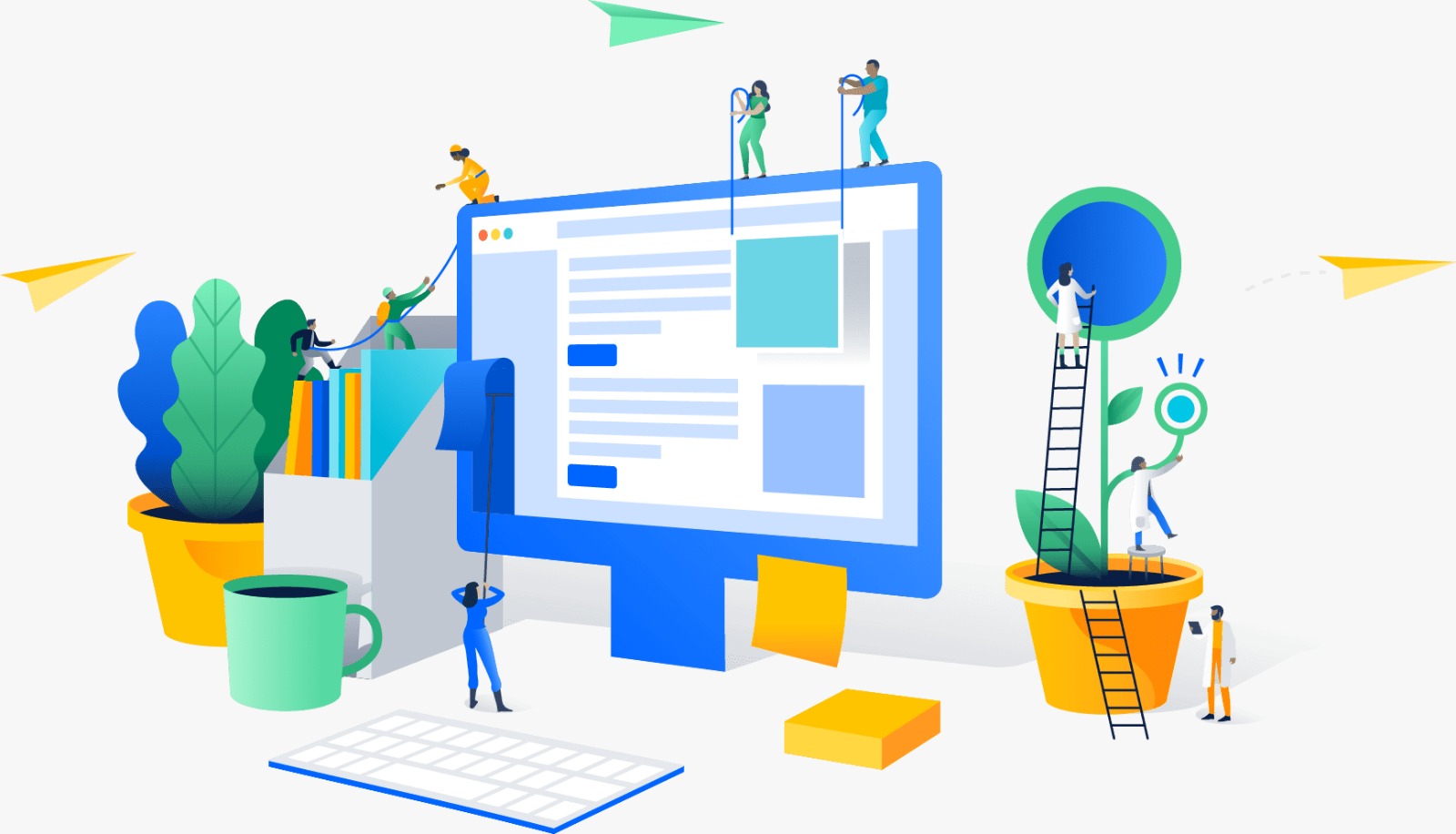
Web Portal Development
Web portal development involves the creation of a website or web application that
acts as a central point of access to a variety of resources, services, and information.
Portals can be used for many purposes, such as e-commerce, social networking,
education, news, or any other domain that requires online access to multiple
resources.
The process of web portal development typically involves several steps, such as
planning, design, development, testing, and deployment. The development team
must also consider factors such as user experience, security, scalability, and
accessibility during the process.
In addition to the technical aspects, web portal development also requires a clear
understanding of user needs and business goals. A well-designed web portal
should be user-friendly, visually appealing, and provide a seamless experience across
different devices and platforms
Technologies required for Web Portal development include:
Server-side scripting languages: Server-side scripting languages such as PHP,
Python and Ruby on Rails are used to create the dynamic functionality of the
web portals, such as user authentication, content management, and database
management.
Database management systems: Database management systems like MySQL,
PostgreSQL and MongoDB are used to store and manage data for the web
portals, such as user profiles, content, and site analytics.
Content management systems: Content management systems like WordPress,
Drupal and Joomla provide pre-built tools and libraries to create and manage
the content for the web portal.
Front-end web development technologies: HTML, CSS, and JavaScript are
used to create the front-end interface of the web portal, including the user
interface, navigation, and search functionality.
Web application frameworks: Web application frameworks like Laravel, Ruby
on Rails, or Django provides a set of pre-built tools and libraries to speed up
the development process and simplify common tasks, such as user
authentication and routing
APIs and third-party integrations: Web portals often integrate with third-party
APIs and services to enhance their functionality, such as social media
platforms, payment gateways, and analytics tools
Security and encryption protocols: Web portals must have robust security
measures in place to protect user data and prevent unauthorized access. This
may include encryption protocols, secure login and authentication systems,
and regular security audits and updates.
Hosting and server management: Web portals require a reliable hosting
provider and server management to ensure high uptime and fast load times.
This may involve using cloud-based hosting services, load balancing, and
content delivery networks
Web portal development can be created using a range of programming
languages and technologies, depending on the project's specific requirements.
Some popular frameworks and technologies used in web portal
development include React, Angular, Vue.js, Node.js, and Express.
Key Features:
Centralized access: A web portal provides a centralized access point for users
to access a variety of resources, services, and information.
User authentication: Web portals usually require users to authenticate
themselves before accessing certain resources, services, or information. This
helps to ensure that only authorized users can access sensitive data.
User customization: Web portals often allow users to customize their
experience by setting preferences, selecting the content they want to see,
and saving settings.
Search functionality: Web portals typically have search functionality that
enables users to quickly find the resources or information they need.
Content management: Web portals require a content management system to
manage the creation, publishing, and maintenance of content, such as
articles, news, and multimedia.
Collaboration and communication: Many web portals have collaboration and
communication features such as chat, messaging, and forums that enable
users to interact with each other and share information
Analytics and reporting: Web portals often have analytics and reporting
features that provide insights into user behavior, traffic patterns, and other
metrics that can be used to optimize the portal's performance.
Mobile optimization: With the increasing use of mobile devices, web portals
need to be optimized for mobile devices to ensure a seamless user
experience.
Security: Web portals must have robust security measures to protect user
data, prevent unauthorized access and ensure compliance with data
protection regulations.